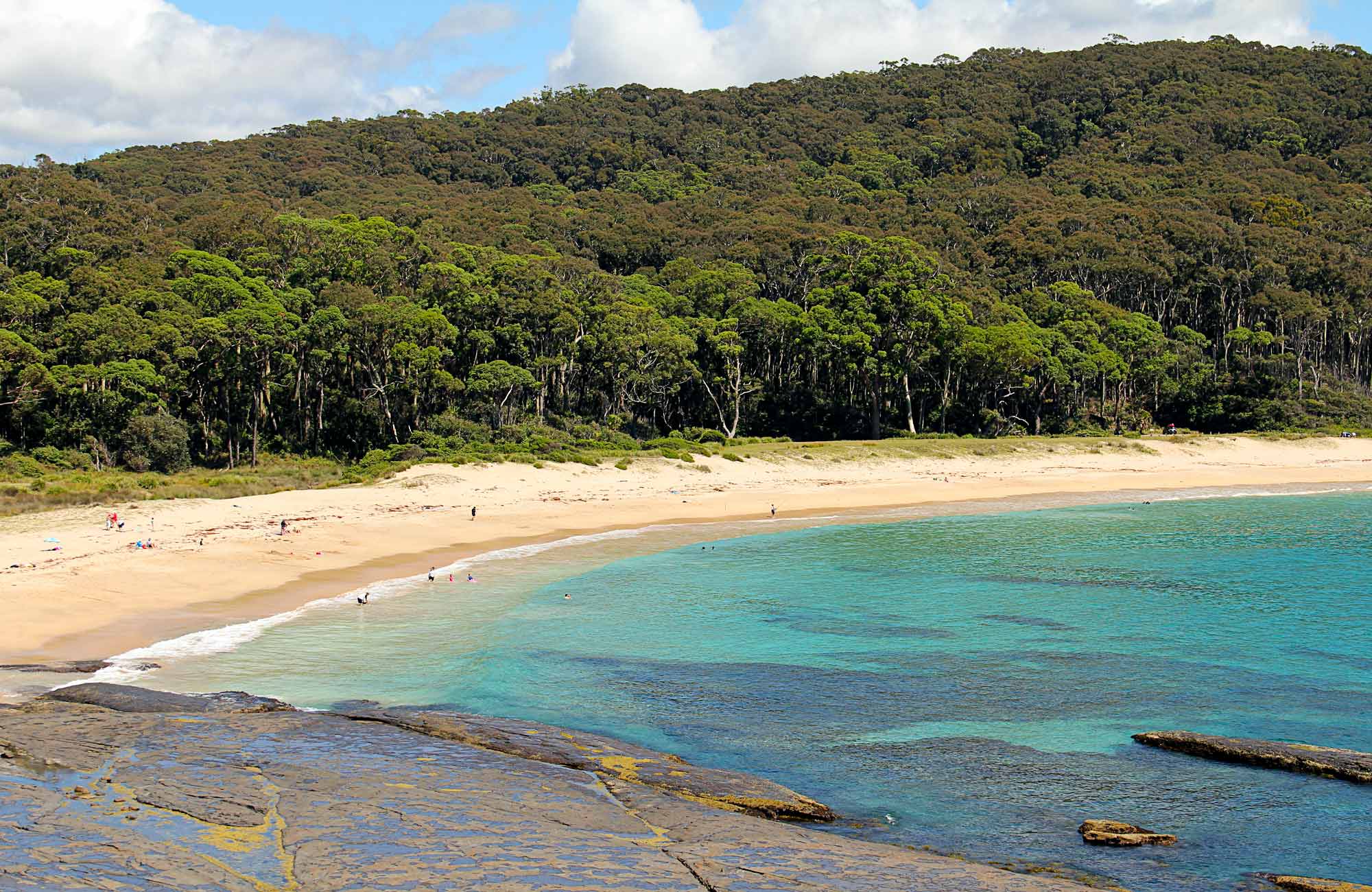the sun. This traditional iconography appears, for example, on the fresco of the bull-jumpers from Knossos
(ca. 1450 B.C.). A guy and two girls are performing a bull-jumping exercise.
http://www.chelseaclub.com/__media__/js/netsoltrademark.php?d=noefa.com/contents/37840473/3.html . Only
http://investinlosangeles.net/__media__/js/netsoltrademark.php?d=noefa.com/contents/18567322/1.html , white for the women, dark for the guy, differentiates the sexes.32 This
sports costume, the short pants, trunks, or perizoma,
had a long life. It really is discovered in later, Classical times,
worn by girls athletes, along with by the barbarian
neighbors of the Greeks, the Etruscans and Romans.33
boots... "; 237, n. 36: "He's not mentionedin literature,
Wholly without foundation."
http://www.waterfields.net/__media__/js/netsoltrademark.php?d=nudebeach.buzz/contents/76502289/4.html appears in Geometric art, in an alternate context. Long after the Mycenaean age, Geometric artists
in Athens reintroduced the human body in art and
developed a distinct set of conventions for its depiction. Most of the male statuettes of Geometric age are
Bare; some wear a belt but this will not hide their
genitals. In vase painting, also, male nude figures appear, in scenes of funerals, war, or processions, where
it wasn't always a depiction of reality. It really is difficult to see that such male nudity has any connotation
Apart from that of differentiating sex. Amounts
wearing long skirts could be either women or charioteers, dressed in long robes based on the before
convention. J.L.
http://orthopaedicstrauma.com/__media__/js/netsoltrademark.php?d=noefa.com/contents/41041084/4.html has indicated that some examples of a charioteer not wearing a robe, and consequently
presumably naked, might be attributed to a strong
unclad state of warriors and sportsmen." At what phase
in Greek history can one safely presume such a feeling
to have existed? Maybe, in Geometric art, as in Homer, it was just starting to exist, but was not yet
Completely developed, even for bare male figures represented with conspicuous sex organs.34
Indeed, we seem to see a gradual growth toward a limitation of nudity in Greek art, or instead a
definition of it as epic, divine, athletic, and youthful
for men; and something to be avoided for girls. A
group composed of a enormous bronze statuette of a youth
from Dreros (more than 21/2ft high), found collectively
with two smaller female figures, already shows, in the
eighth century B.C., the distinction between nude
male kouroi and clothed female korai. It's challenging to
Important: Robertson implies the group represented
Apollo with Leto and Artemis.35
In the seventh century B.C., there began to appear
statues of nude youths, lifesize or finished, monolithic,

heroic, divine, votive, or funerary-the
kouroi.36
Egyptian art inspired the size, pose and sort of kouros, but its nudity was a Greek invention.
On the other hand, the apotropaic, magical quality
of nakedness survived in other nude, or instead, phallic
male bodies which soon made their appearance in
Greek art. Satyrs, animal-like human figures with
horses' tails, were symbolized full of vitality, naked,
with exaggerated huge phalli (or phalluses), on blackfigured vases of the sixth century B.C. Actors who
represented satyrs in the theater in the fifth century
wore animal skin loincloths with a big phallus sewn
on."37The herms the Athenians encountered daily in
the streets of their city, from ca. 540 B.C. on, were not,
strictly speaking, naked, since they'd no body. Each
consisted of a male head sculptured on a column, on
which was carved an erect phallus, serving as a reminder of the strong magic residing in the alerted
of the herms, the city of Athens perhaps feared treason
as mass castration.
In artwork, consequently, the nude male physique reigned from
the seventh century B.C. on. On the kouros, the sex
whilethe phalluswas emphawas simplyuncovered;
sizedon satyrsandherms,andon the stage. The two
typesweredestinedto becomequitedistinctbyClassi-
cal times; any first connection was unrecognizedby
the educated intellectuals of fifth-centuryAthens.
There were to be, in fact, during the sixth and fifth
centuries B.C., "two concurrentstrains of nudity in
Greek art:one reflectinga magicalor apotropaicfunction (herms, satyrs, etc.), characterizedby the erect
phallus; another, developing from athletic nudity, a
more empirical interest in the naked, fit man
body (kouroi, athletes and male figures in black- and
red-figurevase painting), where the sex organsthemselves are less obtrusive."39
Nudity was surely essential for the picture of
the kouros. Exceptions like the statues of draped
whom, as we've seen, male nudity was considered
Black,40 just serve to underline the extent to
which, in mainland Greece, the consistentattributes
 Tags : follow:more:read:view:click:here:there:url
Tags : follow:more:read:view:click:here:there:url
